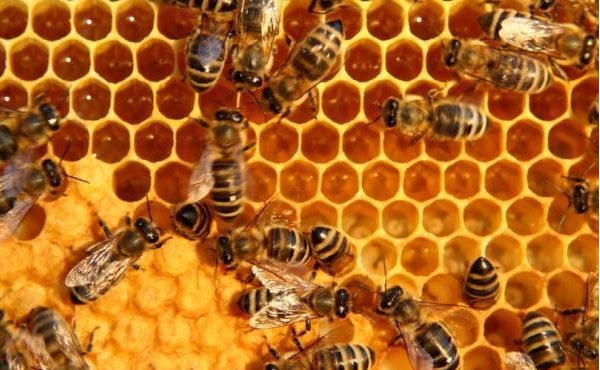Artificial Intelligence Advances Being Led By Honey Bee Research

As part of a £1 million research project designed to advance the understanding of artificial intelligence systems, scientists from the Universities of Sheffield and Sussex are studying the brains of honey bees in the hope the results will eventually lead them to create a flying robot with artificial brain able to make decisions, think and act like a bee typically would.
Such tasks, like finding the source of particular smells or gases in the air (where honey bees are attracted to particular flower), while relatively simple, will be a major leap for the sophistication of AI. Dr James Marshall, who leads the project in Sheffield, explains the challenges faced by the team, describing “the development of an artificial brain one of the greatest challenges in Artificial Intelligence. [But] because the honey bee brain is smaller and more accessible than any vertebrate brain, we hope to eventually be able to produce an accurate and complete model that we can test within a flying robot.” Models of the bee's sensory systems will run on a cluster of powerful NVIDIA graphics cards capable of performing the massive calculations needed to simulate the brain, and fast enough to control the robot in real-time.
Later, it is hoped the artificial brain could be used in applications such as search and rescue missions, or even mechanical pollination of crops, according to the University of Sussex' official website.
Richard Birkett